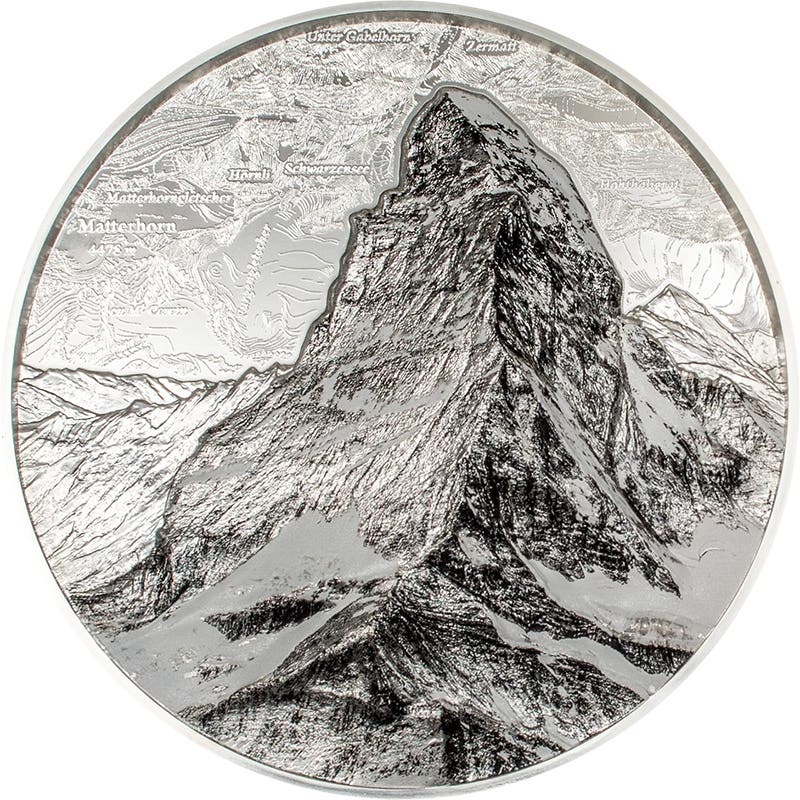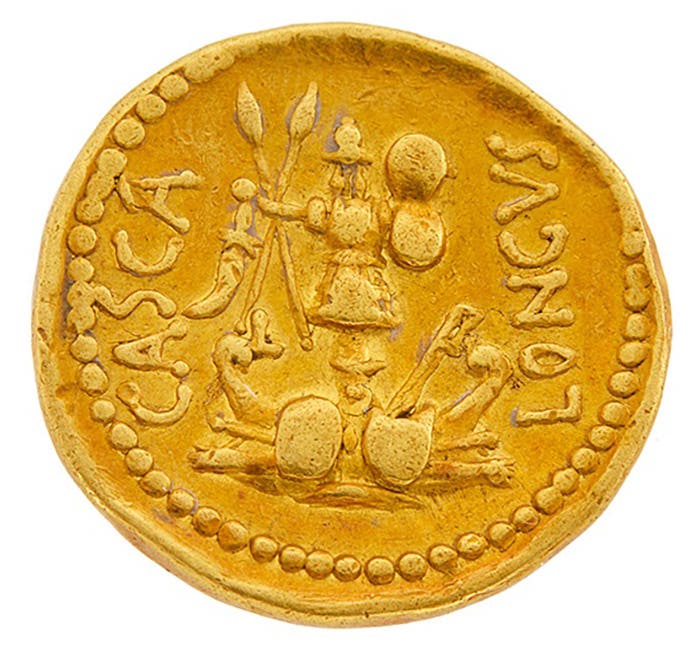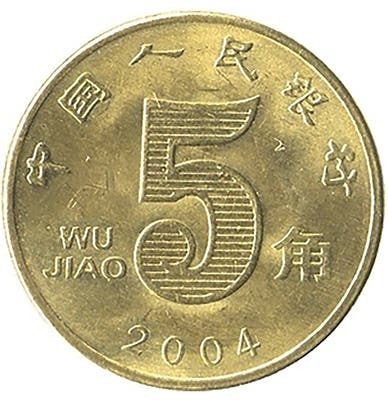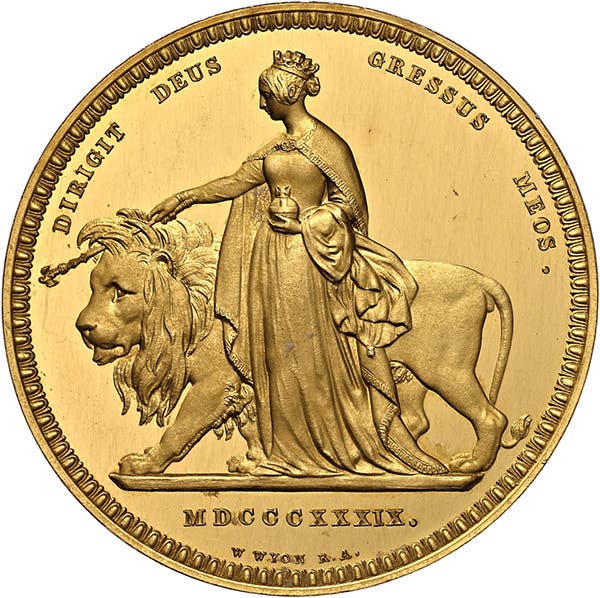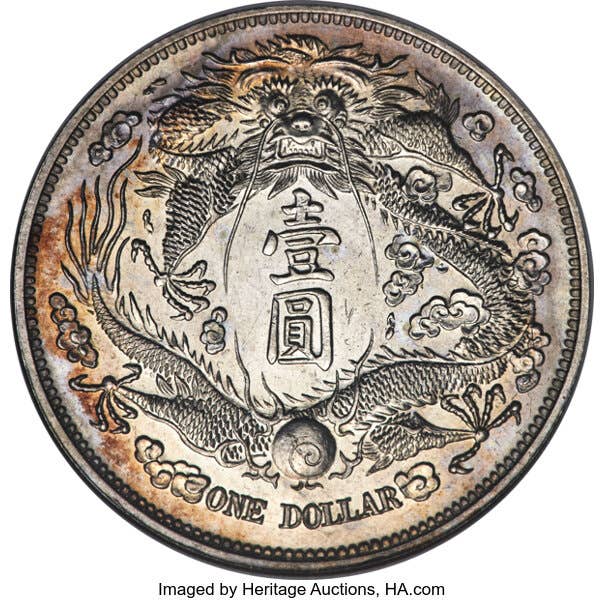Tibet, Nepal win big in Spink sale
A major portion of Spink’s Hong Kong auction in early April spotlighted coins from the exceptional Nicholas Rhodes Collection of Tibetan and Nepalese coins and bank notes – 241 lots…
A major portion of Spink’s Hong Kong auction in early April spotlighted coins from the exceptional Nicholas Rhodes Collection of Tibetan and Nepalese coins and bank notes – 241 lots in all.
This was one of the most comprehensive numismatic collections of Tibet and Nepal ever assembled. It included world-class items from the Haplert, Gabrisch, Valdettaro and Richardson collections. Desirable rarities were commonplace. Many have not appeared on the market, let alone an auction block, for decades. The upshot saw specialist collectors turn out in force. Bidding proved ferocious, with several world records achieved.
Top-selling lot was the super-rare, 17.27 g copper 50 dngul srang pattern (KM-Pn15). This is the sole Tibetan coin to carry both a Tibetan Era rab lo 925 date and 1951 C.E. date. Graded Professional Coin Grading Service SP45, a bidding frenzy saw it reach $67,262 [HKD528,000] on a HKD120,000-150,000 estimate – a world record for a Tibetan coin.
This pattern originates from a Tibetan government 1950s plan to buy up Yuan Shi-kai dollars that were then circulating widely in Tibet. Their silver would be used to produce home-grown 25-srang and 50-srang coins. Fear of opposition from China saw the project shelved. The 50-srang pattern is the only piece in private hands known to have survived.
Rhodes purchased the coin in Nepal in the late 1960s from a Newari family who had business dealings in Tibet.
Nepalese rarities were also in demand. Top-priced lot in this area was an extremely rare 5.26 g silver Shri Mangalam tangka believed to come from 1763/4 or 1785 C.E. (KM-C10.3). This undated piece has an obverse Sanskrit inscription reading “shri mam ga lam” instead of “shri mang ga lam.” Whatever, it transaltes as: “Good luck.” The obverse is a close copy of an undated mohar struck for Mahipatendra Malla c. 1669. Most Nepalese coins of this time were based on earlier Malla designs.
Despite being bent, it graded XF and on an estimate of HKD80,000-100,000 raced away to score $36,688 [HKD288,000].
One 3.49 g Tibetan 1 sho struck for Chinese emperor Qian Long and dated for the 61st year of his reign (1796 C.E.) provided a reminder that Tibet has a long history of Chinese rule (KM-C72.2).
Both the Chinese and Tibetan dates clearly read 61, but Qian Long abdicated in favor of his son at the end of the 60th year of his reign. The news took a while to reach Lhasa, by which stage the mint had already begun production of coins.
Graded PCGS XF-45 this rarity had no problems realizing $27,517 [HKD216,000], or three times upper estimate.
See www.spink.com for details.
This article was originally printed in World Coin News. >> Subscribe today.
More Collecting Resources
• The Standard Catalog of World Coins, 1601-1700 is your guide to images, prices and information on coins from so long ago.
• More than 600 issuing locations are represented in the Standard Catalog of World Coins, 1701-1800 .





